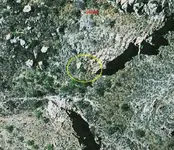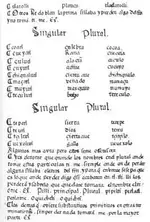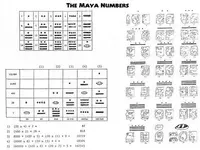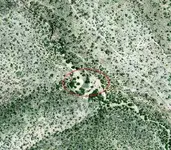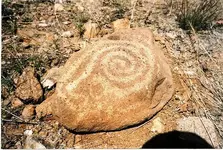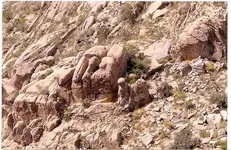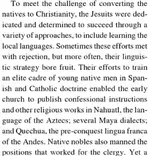deducer
Bronze Member
I'm sorry if I didn't make myself clear. I don't question the existence of the cache, but I do question its provenance - for obvious reasons.
If I get this right. You are not only implying that Ron is a liar, you are also saying that you know better than Sonoita Bob?
As Mike said in the other thread, Bob has known Ron for many years, and again, you referred to Bob as an "an octave higher than a sharp guy," so I'm certain a sharp guy like Bob would quickly figure out if Ron was deceptive?
Yeah, but I've seen worse. When you accept that in this 'treasure hunting' field all things are possible, especially human behavior, then you tend to question why you believe the things you do. Remain flexible.
If I am not wrong, the price of gold was $414 per troy ounce in 1983. This means 83 pounds of gold was nothing to sneer at.
You are suggesting an extremely improbable scenario in which Ron finds 83 pounds of Spanish coins and greatly diminishes their value by recasting them into "Jesuit bars." So not only would he have to involve three people willing to sustain a lie to this day, but also three people who were willing to stand by and watch the resale value of these coins go up in smoke.
Sorry, but I find this quite ludicrous. It makes absolutely no sense to me.
That is absolutely the most probing question that I'm aware you've asked. Why indeed?
Are you going to answer that question or continue to be evasive?
Yeah, it's a cold trail and probably not an efficient use of our time in the bigger scheme of things. My original observation was merely that the story was controversial. And it is. Time to move on.
Again, what exactly is controversial about it? Your reasoning is unclear.



 instead of
instead of 

 I,ll see your coffee and raise you a fresh apple fritter.
I,ll see your coffee and raise you a fresh apple fritter.
